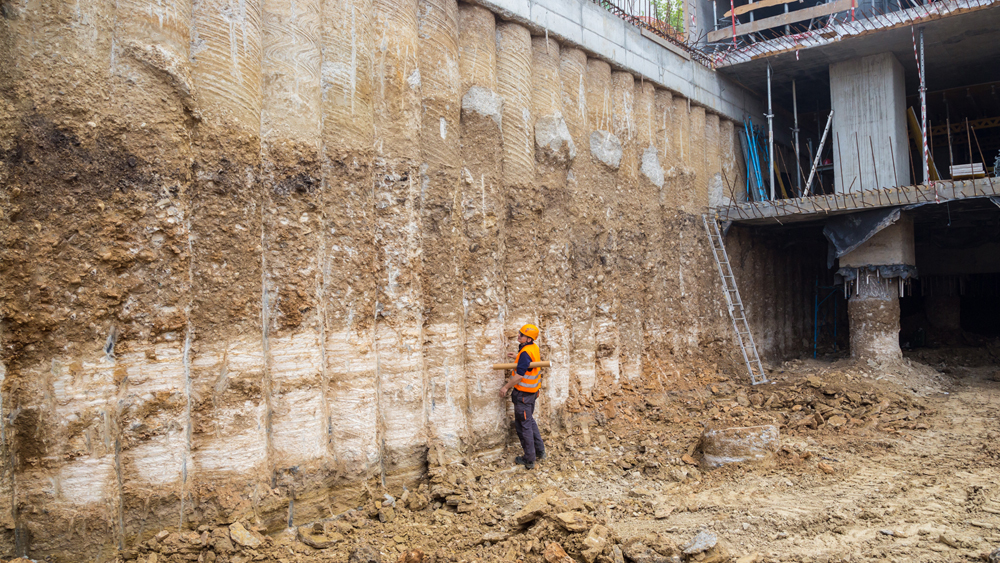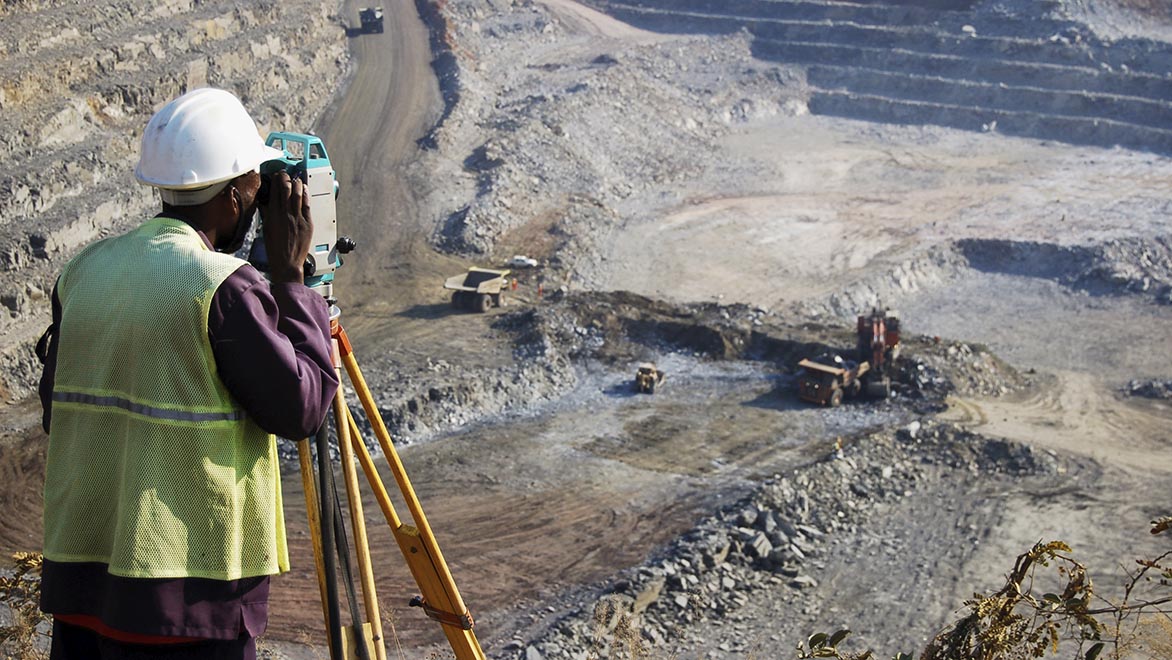Professional Civil Geotechnical Engineering Providers for Complex Projects
Wiki Article
Exactly How Consulting Engineers Enhance Geotechnical Engineering Projects: Insights Into Their Knowledge, Approaches, and Collaborative Approaches
Consulting designers are pivotal in improving geotechnical design tasks, applying their specialized expertise to navigate the intricacies of subsurface problems. Their collaborative techniques foster interaction among diverse project stakeholders, eventually forming the job's trajectory.Function of Consulting Engineers
The experience of seeking advice from designers in geotechnical engineering is essential to the effective execution of building jobs. These specialists play a pivotal role in examining soil and rock buildings, which are vital aspects affecting layout and construction decisions. By conducting extensive website examinations, getting in touch with designers accumulate essential data that notifies the layout procedure, making certain tasks are improved secure and suitable ground.Consulting engineers also offer vital understandings into danger administration (geotechnical geologist). They identify prospective geotechnical risks, such as landslides, soil liquefaction, and settlement issues, making it possible for stakeholders to apply reliable mitigation methods. Their expertise help in maximizing structure styles, which can result in significant price financial savings and improved security
Additionally, seeking advice from engineers work as a vital link in between task owners, architects, and contractors. Their capacity to equate complex geotechnical data right into workable suggestions fosters cooperation and assists in informed decision-making throughout the task lifecycle. This multidisciplinary technique not only improves project efficiency yet also makes certain conformity with regulatory requirements and ideal methods.
Trick Methodologies in Geotechnical Engineering

One primary approach is website examination, which entails performing field tests and laboratory analyses to gather data on subsurface conditions. Methods such as Criterion Infiltration Screening (SPT) and Cone Infiltration Testing (CPT) are widely utilized to examine dirt stratigraphy and toughness. Additionally, geophysical methods, consisting of seismic and electric resistivity studies, provide non-invasive means to evaluate subsurface features.
Another crucial method is numerical modeling, which allows engineers to mimic numerous situations and anticipate how soil-structure interactions will behave under different loading problems. Finite Element Analysis (FEA) is a common method used in this context.
In addition, the design of foundations, preserving frameworks, and earthworks counts greatly on these methodologies - geotechnical geologist. By integrating sophisticated logical devices with area information, consulting engineers can develop customized solutions that address particular job challenges, ultimately contributing to the stability and safety of building and construction jobs
Value of Soil Analysis
Soil analysis works as a fundamental element in geotechnical design, offering crucial insights right into the physical and chemical residential or commercial properties of dirt required for effective building planning. Recognizing soil attributes is important for establishing its load-bearing ability, drain behavior, and potential for negotiation or instability. In-depth soil examinations, including tasting and research laboratory screening, aid determine criteria such as soil kind, moisture content, thickness, and shear strength.
These analyses notify the selection of appropriate construction methods and products, ultimately influencing project safety and longevity. Natural dirts might call for different foundation styles contrasted to granular dirts, requiring customized design options. Dirt evaluation help in determining pollutants that might present threats to human health or the environment, allowing for the development of mitigation approaches.
Incorporating soil analysis into the beginning of project advancement aids to reduce unforeseen challenges, making certain that designers can expect and attend to prospective problems before they escalate. By establishing an extensive understanding of the site problems, speaking with engineers can optimize design efficiency and lower costs, thereby enhancing the overall success of geotechnical engineering tasks.
Joint Techniques in Jobs
Successful geotechnical projects typically hinge on collaborative approaches that combine diverse experience from numerous self-controls. Efficient partnership among speaking with engineers, geologists, ecological scientists, and building and construction professionals is essential for resolving complex difficulties and optimizing job end results. By leveraging the one-of-a-kind skills and knowledge of each staff member, jobs can gain from a holistic understanding of the site problems, regulatory requirements, and design constraints.Routine interaction and interdisciplinary meetings assist in the sharing of understandings and foster a society of synergy. These collaborative initiatives make it possible for the identification of prospective threats early in the project lifecycle, permitting for timely reduction strategies. Furthermore, incorporating comments from stakeholders, consisting of local communities and regulative firms, makes certain that all perspectives are taken into consideration, boosting project acceptance and compliance.
Furthermore, the assimilation of advanced innovations, such as Geographic Details Equipment (GIS) and Building Information Modeling (BIM), additional boosts collaboration. These tools enable the real-time sharing of information and visualization of geotechnical conditions, promoting notified decision-making. Inevitably, a collective approach not only simplifies task execution but likewise lays the foundation for ingenious options to complex geotechnical design obstacles.
Influence On Job Results

Consulting engineers use sophisticated methods such as threat analysis and anticipating modeling, which improve the accuracy of job projections. Their capability to incorporate cutting-edge technologies, like geotechnical instrumentation and data analytics, better refines the style and construction procedures. Consequently, projects experience improved effectiveness, reduced costs, and reduced delays.
Moreover, promoting effective communication and partnership amongst team members enhances analytical capacities. When challenges arise, a joined front permits for speedy recognition of services, protecting against potential troubles. Eventually, the joint initiatives of consulting engineers add to greater quality results, ensuring that projects fulfill both regulatory standards and client assumptions.
Conclusion

Report this wiki page